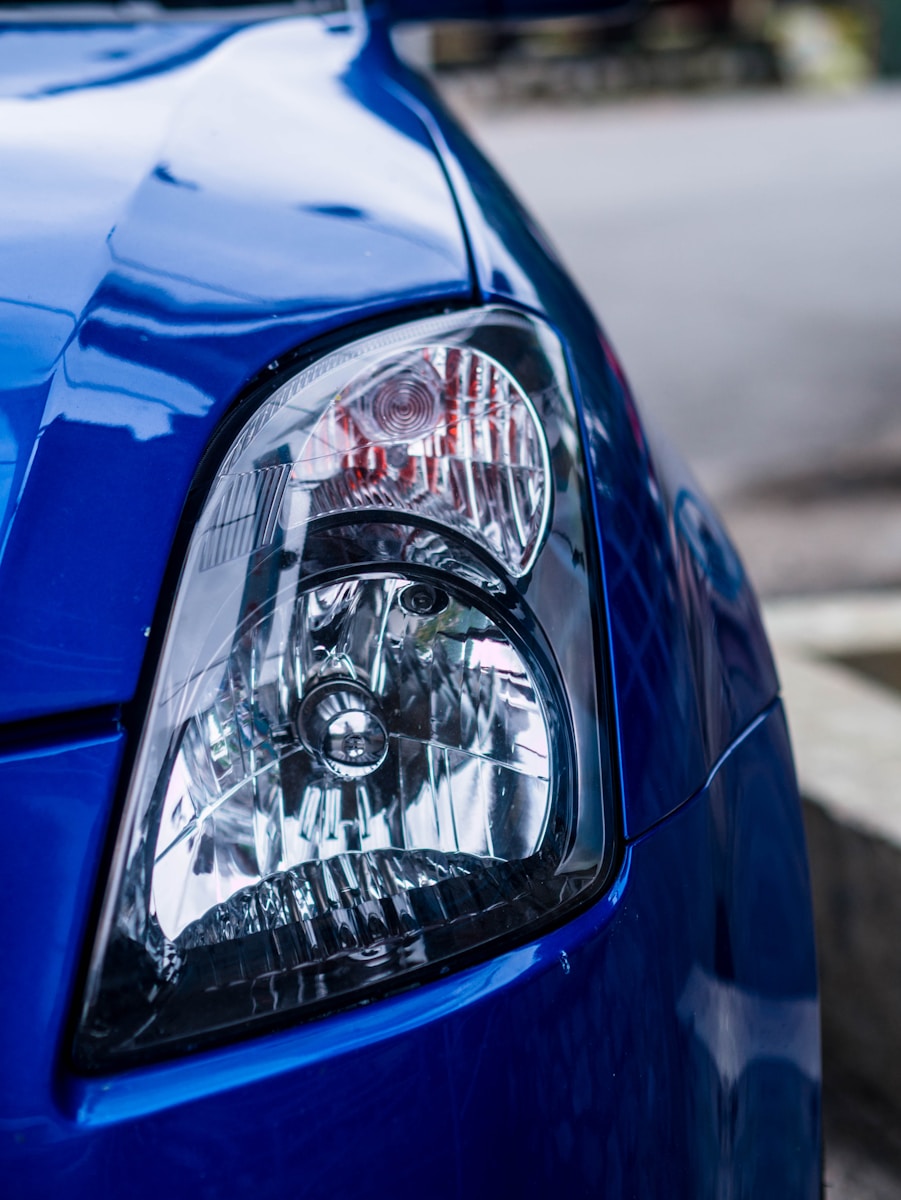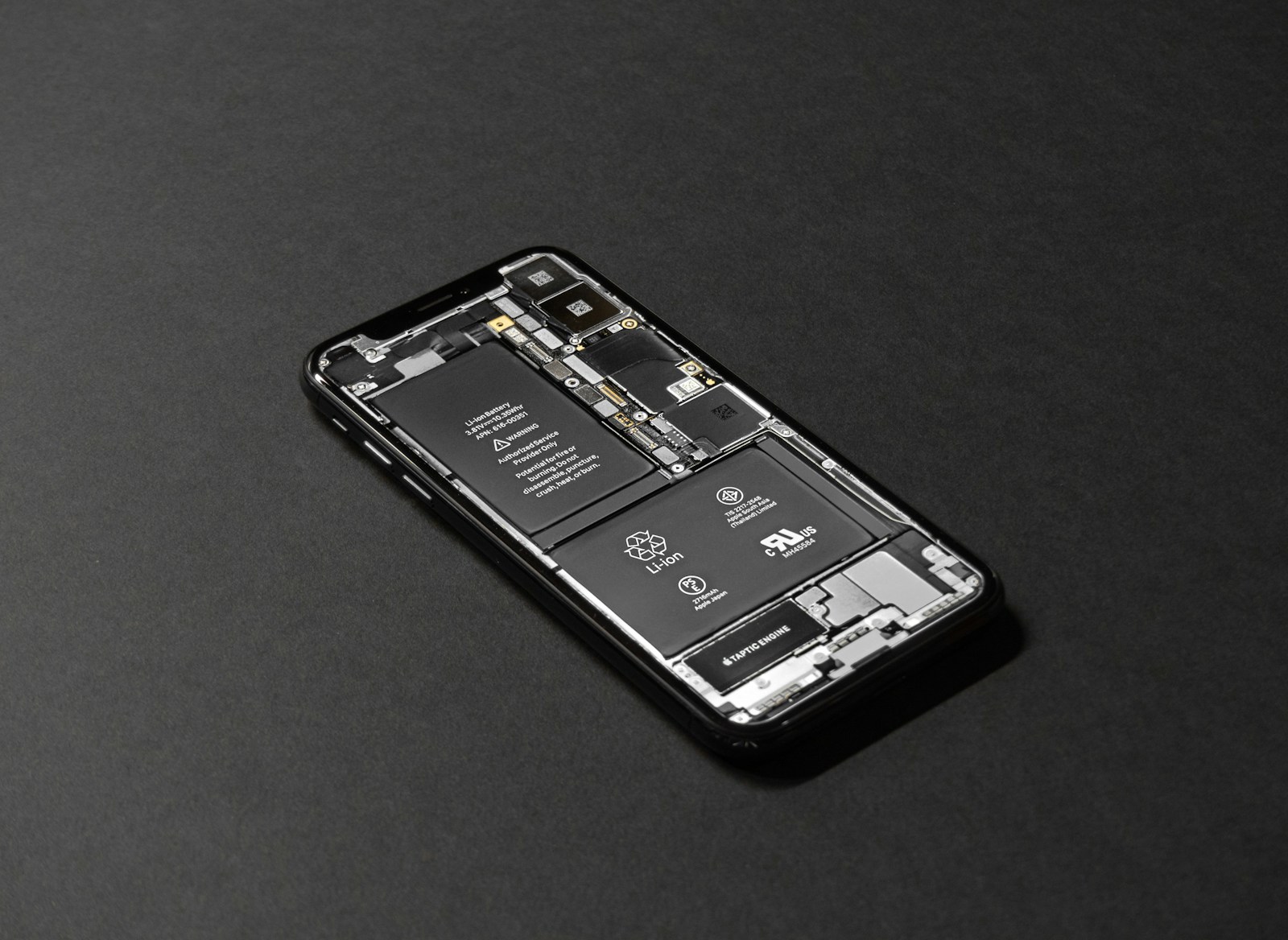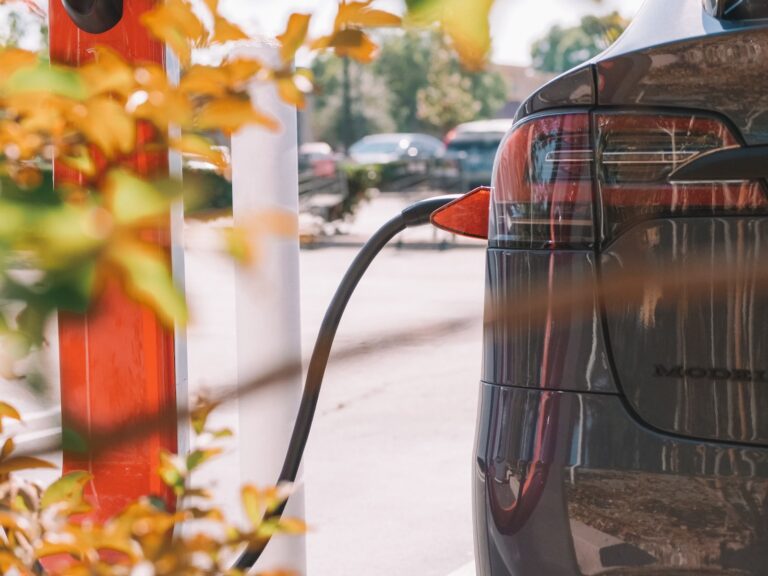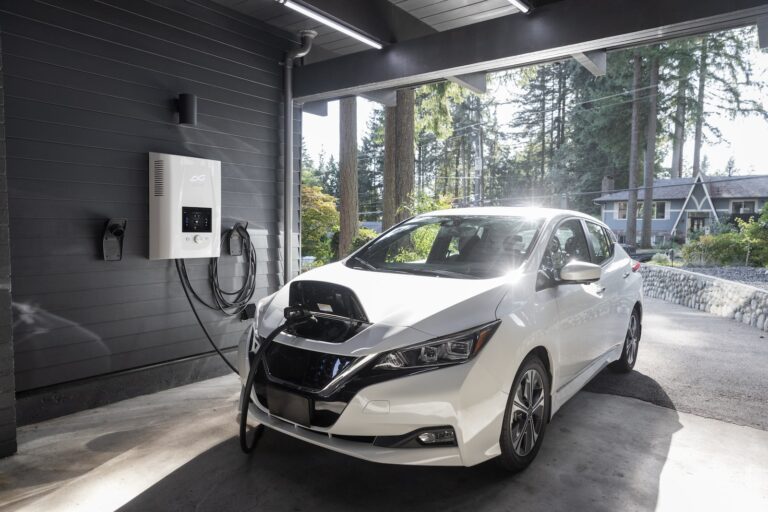Hyundai Deploys AI-Powered Charging Robots at Incheon Airport, Revolutionizing EV Infrastructure
INCHEON, SOUTH KOREA—In a strategic leap toward autonomous EV infrastructure, Hyundai Motor Group has launched a pioneering demonstration project at Incheon International Airport, deploying artificial intelligence-driven Automatic Charging Robots (ACRs) designed to eliminate human intervention in the EV charging process. This initiative, developed in partnership with Incheon International Airport Corporation (IIAC), marks one of the world’s first real-world implementations of robotic EV charging technology .
Robotic Precision Meets Real-World Demands
The ACR system—a one-arm robot mounted on a mobile platform—combines 3D camera-based AI algorithms and laser sensors to locate charging ports, open flaps, insert connectors, and disconnect after charging. Key technical innovations include:
- Sub-1cm Precision: AI processes vehicle dimensions and port location data to minimize errors .
- IP65-Rated Durability: Withstands dust, rain, and temperatures from -30°C to 50°C, critical for Incheon’s coastal climate .
- Obstacle Detection: Safety poles with laser sensors halt operations if humans or objects approach .
Hyundai’s engineers tested the system under extreme conditions at a custom outdoor R&D lab, simulating heavy rain, snow, and debris exposure to ensure reliability .
Airport Integration: A Strategic Testbed
Incheon Airport—a “Grade 1” security facility electrifying its entire 1,100-vehicle fleet—provides an ideal stress-test environment. The collaboration leverages:
- Autonomous Parking Synergy: Hyundai’s IONIQ 6 and IONIQ 5 models use Remote Smart Parking Assist to align with ACR stations .
- Scalability Proof: With 1,110 chargers planned by 2026, the airport will validate high-volume robotic charging efficiency .
- Global Certifications: The ACR already holds Korean (KC) and European (CE) safety certifications, signaling readiness for international rollout .
“This partnership verifies the practical benefits of merging robotics with mobility infrastructure,” stated Heui Won Yang, Hyundai’s R&D President .
Solving the “Heavy Cable” Crisis
For EV drivers, physical barriers remain a hurdle. Hyundai’s Head of Robotics Lab, Dong Jin Hyun, emphasized inclusivity:
“As high-speed charging demands thicker cables, the ACR eliminates strain for users with mobility challenges. It’s especially transformative in low-light or adverse conditions” .
The system also addresses industry-wide frustrations:
- Universal Compatibility: Adapts to diverse charging port locations and shapes.
- Error Reduction: AI avoids connector damage from misalignment .
From Concept to Global Domination
First unveiled at the 2023 Seoul Mobility Show, the ACR has evolved through Hyundai’s “robot-friendly building” trials at Factorial Seongsu. The Incheon pilot is a springboard for broader ambitions:
- Transportation Hubs: Airports, seaports, and railways worldwide .
- Smart Parking Integration: Future iterations could service multiple vehicles autonomously .
- Robotics Total Solution (RTS): Expanding to security and logistics roles at high-security sites .
Hyundai’s parallel launch of the KRW 125 billion ($92M) ZER01NE Fund III—targeting AI and robotics startups—signals intensified investment in autonomous infrastructure .
Competitive Landscape
While Tesla and Volkswagen have teased similar concepts, Hyundai leads in real-world deployment. Analysts note key advantages:
| Competitor | Status | Hyundai’s Edge |
|---|---|---|
| Tesla | Patent concepts | Live airport implementation |
| Volkswagen | Lab prototypes | IP65 weatherproofing |
| RAM | Promotional renders | CE/KC certifications |
Critics question cost scalability, but Hyundai counters that automation offsets labor expenses in 24/7 settings like airports .
The Road Ahead
The Incheon trial runs through 2025, with commercial expansion slated for 2026. Success could redefine EV charging as a “hands-off” experience—much like autonomous driving. As IIAC CEO Hag Jae Lee declared: “This cements Incheon’s status as a digital aviation leader” .
For Hyundai, the ACR is more than a convenience: it’s a critical step toward a fully robotic mobility ecosystem, where charging, parking, and maintenance intersect seamlessly.







